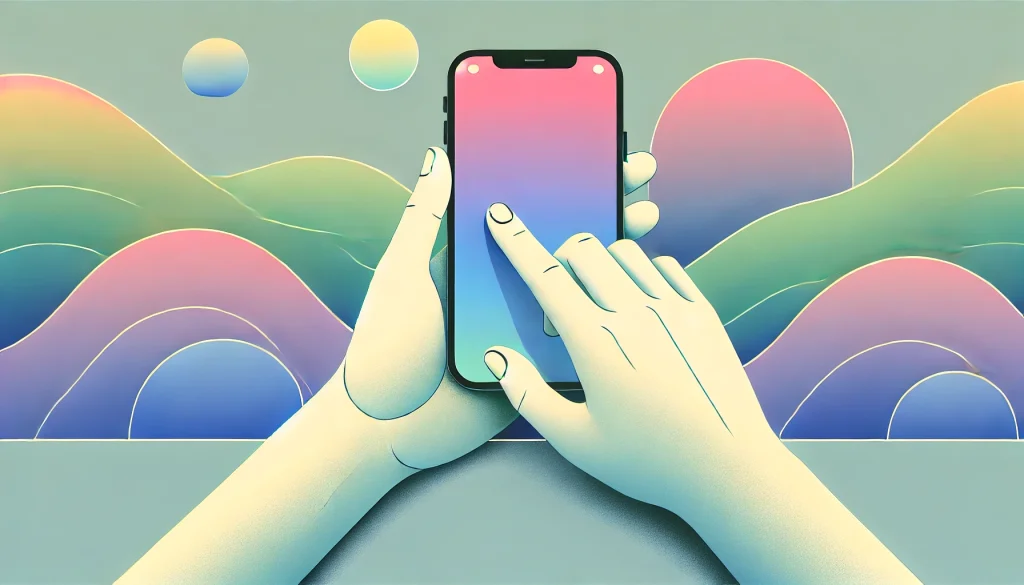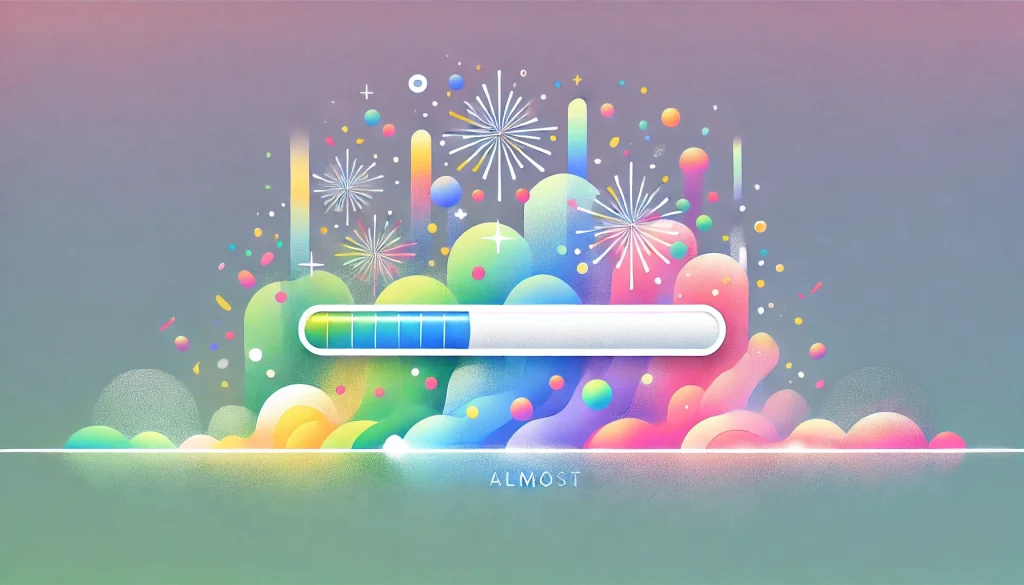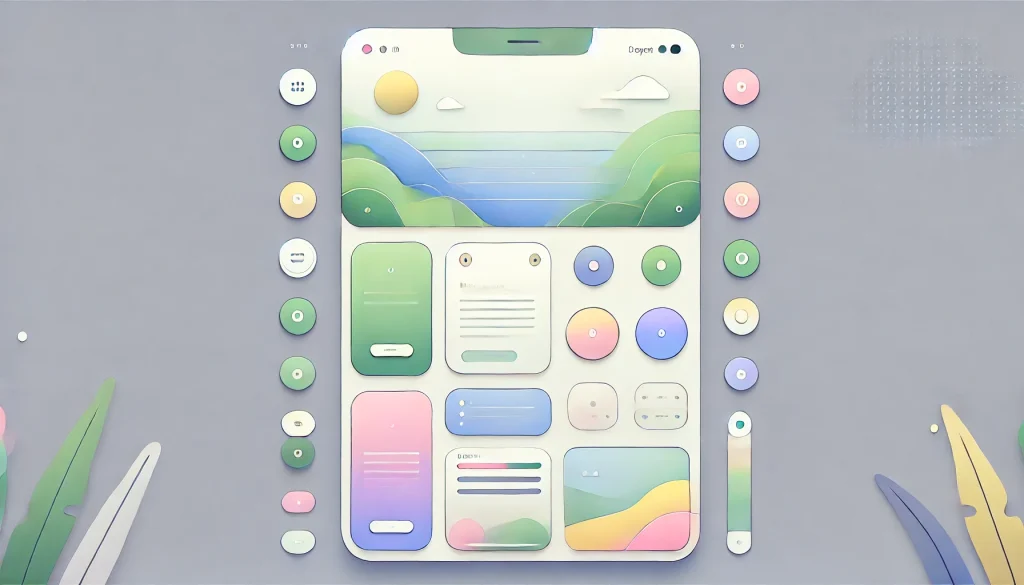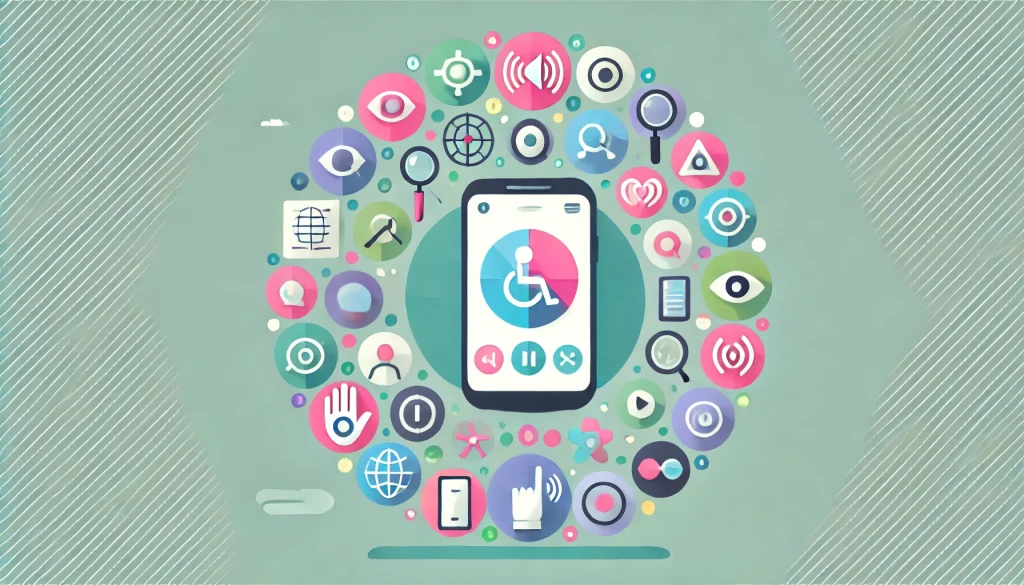
Mental health issues continue to rise globally and mental health apps have become increasingly popular. These digital platforms offer accessible support for users dealing with anxiety, depression, stress, and other psychological challenges. However, the success of these apps hinges not just on their functionality, but on their design and user experience (UX). A well-crafted UX can foster deeper connections between users and the app, encouraging regular use and improving mental health outcomes.
Challenges in Mental Health App Design
1. Ensuring User Privacy and Data Security

Mental health apps require users to share highly personal information, such as their emotions, mental health history, and even daily habits. Ensuring data security and privacy is crucial, as any breach can lead to mistrust or even harm to the user. Mental health is a sensitive area, and users need to feel confident that their information is being handled responsibly. UX design must communicate transparency regarding data usage, offer clear consent mechanisms, and implement advanced security features like encryption and secure logins.
2. Maintaining Long-Term User Engagement

Mental health is not a one-time concern but often a long-term journey. Many users drop off after initial engagement, either because they feel better or lose motivation. Keeping users engaged over time is one of the biggest challenges for mental health apps. Designers need to create features like reminders, progress tracking, and personalised recommendations to ensure that users stay committed to their mental health goals and don’t abandon the app prematurely.
3. Creating Inclusive and Accessible Designs

Mental health issues affect people from all walks of life, including individuals with disabilities. Ensuring that the app is accessible to users with visual, hearing, or motor impairments can be a significant challenge. Designers must incorporate accessibility features like voice commands, screen reader compatibility, and adjustable font sizes to ensure everyone can use the app effectively. Accessibility is not only an ethical consideration but also ensures the app reaches the widest audience possible.
4. Managing User Overload During Emotional Distress

Users of mental health apps may seek help during periods of heightened emotional distress, making it essential that the app is easy to navigate and doesn’t overwhelm users with too much information. One challenge is balancing the amount of content presented while ensuring users can access support tools quickly and without confusion. Simplified navigation, calming visuals, and clear call-to-action buttons are vital in managing this challenge.
5. Providing Tailored Experiences for Diverse Mental Health Needs

Mental health issues vary widely from person to person, and what works for one individual might not be helpful for another. Providing a one-size-fits-all solution is a major challenge. Apps need to offer a tailored experience that addresses individual needs, whether users are dealing with anxiety, depression, or stress. Personalization through AI, user behaviour tracking, and customisable options is essential to make the app feel relevant and effective for each user.
Key Factors in Designing Mental Health Apps
a. Personalised Mental Health Journeys
Personalisation is a critical component of UX in mental health apps. Each individual’s mental health journey is unique, and one-size-fits-all solutions are rarely effective. A well-designed app should offer personalised features that adapt to the user’s needs over time.

For instance, AI-driven algorithms can track user behaviour and suggest tailored content, such as relaxation techniques or cognitive behavioural therapy exercises. Users are more likely to engage with an app that understands their specific needs. Research by Epsilon shows that 80% of consumers are more likely to make a purchase when brands offer personalised experiences. In the context of mental health, personalised content can improve user satisfaction and retention, as users feel the app is genuinely addressing their mental health needs.
b. Designing for Emotional Well-Being
Mental health apps are more than just tools; they are companions that users turn to during difficult times. Therefore, emotional design plays a key role in creating an environment that feels supportive, empathetic, and non-judgmental.

Colour psychology, typography, and even micro-interactions (small animations or sounds) can all contribute to the emotional tone of the app. For example, soft pastel colors are often used in mental health apps to evoke calmness and relaxation, while encouraging messages or positive reinforcements can help users feel more comfortable during their sessions.
Apps like Calm and Headspace have mastered emotional design by creating experiences that feel welcoming. These apps use calming visuals, gentle sounds, and thoughtful interactions that help foster a sense of connection between the user and the app, reducing the feeling of isolation often associated with mental health issues.
c. Incorporating Community and Support Networks
One of the most valuable aspects of mental health support is the ability to connect with others who may be going through similar experiences. Mental health apps can integrate social features to foster community and provide a platform for users to share their thoughts and experiences in a safe, controlled environment.

Research by the National Institute of Mental Health (NIMH) found that those with strong social support systems are more likely to have better mental health outcomes. Mental health apps can enhance the UX by offering forums, chat rooms, or peer-support networks where users can connect with others. By facilitating these connections, apps can create a sense of belonging, allowing users to feel understood and supported.
However, it is crucial that these social features are carefully moderated to ensure a safe space. Clear community guidelines, reporting systems, and professional oversight can help maintain the quality and safety of these interactions.
c. Building Trust and Encouraging Continued Use
Mental health apps deal with highly personal and sensitive topics. As such, users need to trust that the app is safe, private, and effective. A good UX design can significantly influence how much trust users place in the app. Trust starts from the moment a user downloads the app and interacts with its interface.

For example, clean and simple onboarding processes, clear explanations of privacy policies, and secure data handling practices can help build this trust. A study by Accenture showed that 83% of consumers are willing to share their personal data if brands are transparent about how it’s being used. In the context of mental health apps, ensuring this transparency through the UX can be the first step toward creating a safe environment for users.
d. Creating a User-Friendly and Accessible Interface
A mental health app must be intuitive and easy to navigate. Users should be able to quickly find what they need without experiencing frustration, especially when they are already under emotional distress. Poor navigation or overwhelming options can lead to user frustration, potentially causing users to abandon the app at critical moments.

Jakob Nielsen’s usability heuristics emphasise the importance of consistency and feedback in app design. Mental health apps should offer clear directions and responses, such as guiding users through breathing exercises or providing immediate feedback after completing a meditation session. By minimizing cognitive load, users can focus on healing rather than struggling with the interface.
Accessibility also plays a significant role in UX. Apps should accommodate a wide range of users, including those with disabilities. According to the World Health Organization (WHO), around 16% of the world’s population lives with some form of disability, and mental health apps need to be designed with inclusivity in mind. Offering features such as voice control, adjustable font sizes, and compatibility with screen readers can make a mental health app more accessible.
e. Encouraging Long-Term Engagement with Gamification
Maintaining engagement with mental health apps can be challenging, as users may stop using the app once they feel better or during periods of low motivation. Gamification techniques, such as progress tracking, rewards, and challenges, can encourage users to continue their mental health journey.

Apps like Happify use gamification to make mental health management feel more approachable. By offering daily challenges, milestone rewards, or streaks, users are motivated to return to the app regularly. According to a study, gamification increases user engagement by 40%. This type of UX design can be especially effective for users who need an extra push to maintain healthy habits.
Conclusion
The role of UX in mental health apps goes far beyond aesthetics; it directly impacts how users interact with the app, whether they trust it, and ultimately, whether it helps improve their mental well-being. By focusing on creating intuitive, empathetic, and secure experiences, UX designers can foster a deeper connection between users and mental health apps, enabling more effective and sustained mental health support.
As mental health continues to be a growing global concern, the importance of well-designed apps that prioritise user connection and emotional support cannot be overstated. By blending technology with thoughtful UX design, mental health apps have the potential to transform lives, offering accessible care for millions across the world.







